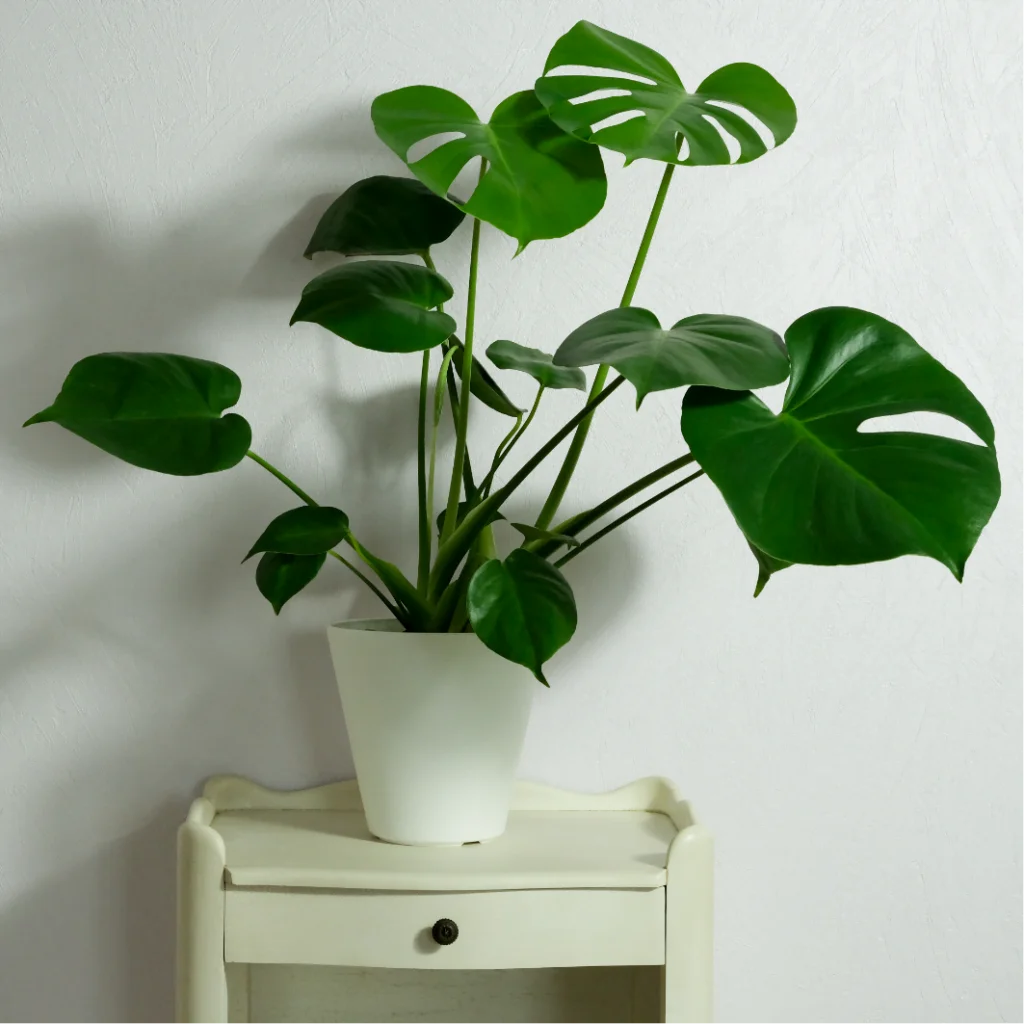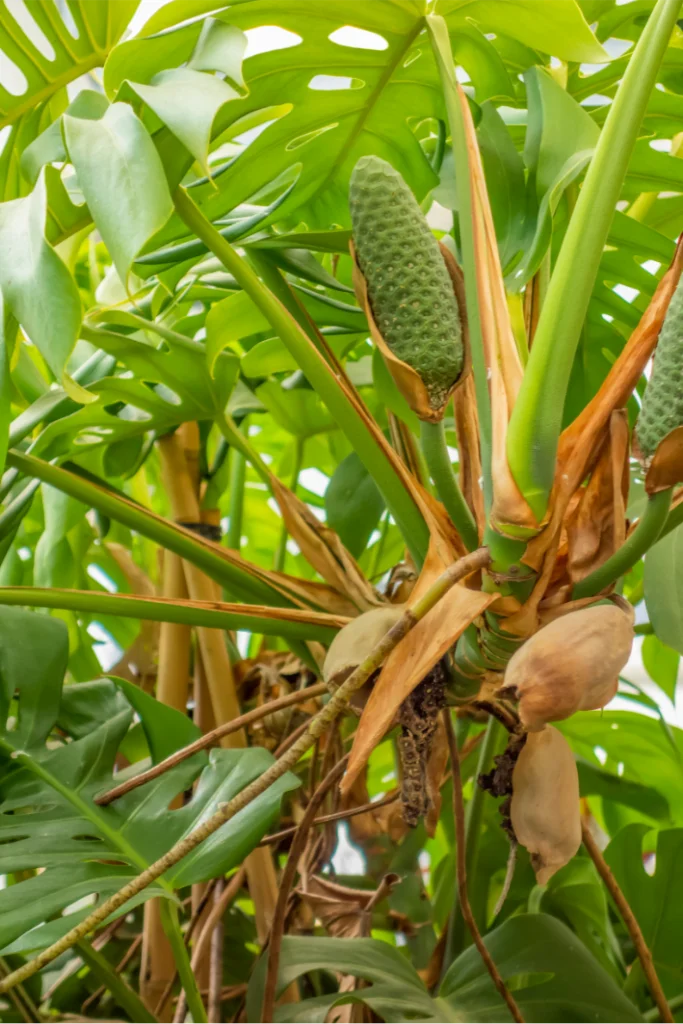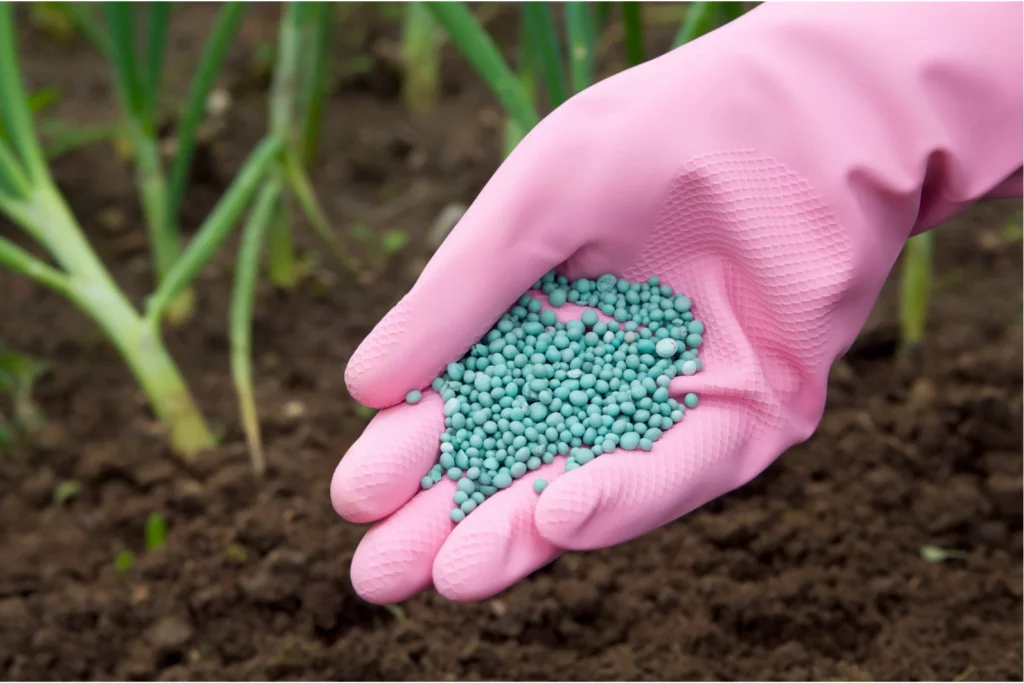I have been taking care of monster deliciosa for 4-5 years, and till now, I have been introducing them regularly. Moreover, I have marketed this tree at different times. As a result, I feel that I can present detailed information about this tree. That’s why I will try to tell in detail about the monster delicious tree in this blog based on my personal experience. If you think you want to know all the information about the monster’s delicious tree, then you can read the entire blog in a little time. Let’s start.

What Is Monster deliciosa
The Swiss water plant, commonly known as the monster plant, is found in the tropical forests of southern Mexico, south of Panama. The most beautiful part of this plant is its leaves, which are usually heart-shaped and very large with a glossy appearance. The leaves have natural holes, which is why it is often called the Swiss cheese plant. As the plant grows, these pores become more pronounced and present themselves in a very beautiful way. If you keep this plant in your house, it will enhance the beauty of your home. The creeper of this plant can grow to be 20-65 meters high. This plant thrives well indoors. It can be propagated by stem cutting. Simply cut a healthy stem with a node and place it in water or damp soil until roots develop. Once the roots are formed, transplant the cutting into a pot. It will continue to grow in a few days.
What Is Monster Deliciosa Fruit?

We all have a misconception about this. There is an idea in everyone’s mind that the name “Monstera deliciosa” may suggest that it bears delicious fruit, and we all think that maybe this tree produces very nice edible fruit. However, in reality, this tree is purely ornamental. It bears little fruit, and the fruit it does bear is not fit to eat. This fruit looks like a long ear of corn and is green. Because of the shape of this fruit, many people call it “monster fruit.” However, it is worth noting that the raw fruit contains oxalic acid and can cause throat and mouth irritation if consumed. The fruit must be fully ripe and soft before it is safe to eat. Although some adventurous eaters enjoy its unique taste, which is described as a mixture of pineapple, banana, and mango, I have never eaten the fruit of this tree.
Are monster deliciosa easy to take care of?
Yes, this plant is very easy to take care of; it does not require a lot of rules to take care of it.

Light:
This plant should not be placed in direct sunlight as it will damage the plant, and the leaves may turn brown or burn. So always keep the plant out of direct sunlight where it gets filtered sunlight or partial shade.
How to water Monster Deliciosa:
The best way to water this plant is to stick your finger into the soil about an inch (2.5 cm) deep at the base of the plant. If the soil feels dry at this depth, it’s time to water. Use room temperature water. Avoid using water that is too cold or too hot. Room temperature water is ideal for watering Monstera Deliciosa.
What soil for Monster Deliciosa:
The soil used for this plant should promote rapid growth. Here’s a detailed description:
Peat Moss: Provides moisture retention and is very beneficial for plants.
Perlite: Improves drainage and aeration.
Orchid Bark: Increases drainage and adds stability to soil mixes.
Compost or organic matter: Provides nutrients for healthy growth.
If you mix all these ingredients to make potting soil, your plant will grow very quickly. Make sure there are drainage holes in the bottom of the pot to prevent waterlogging, which can cause root rot. Additionally, repot your Monstera Deliciosa every two years with fresh potting mix to freshen the soil and provide more room for root growth. By doing this, you maintain the natural effective capacity of the plant.
What fertilizer for monster deliciosa

It is good to fertilize the plant, but you need to know how much fertilizer to apply to each plant because an excess application of fertilizer can damage the plant. Generally, nitrogen-phosphorus-potassium fertilizer works very well for Monstera Deliciosa plants.
If you want to use liquid fertilizer, you have to be more careful because applying too much fertilizer can cause the roots and base of the plant to rot, and if liquid fertilizer is applied to the leaves, they can become damaged. Before applying fertilizer to the soil at the base of the tree, read the instructions on the package regarding the amount of fertilizer recommended for the height and age of your tree. Water thoroughly after fertilizing to distribute nutrients evenly and prevent salt build-up in the soil.
Also, apply fertilizer by understanding plant symptoms such as yellowing leaves, stunted growth, or leaf burn. Adjust your fertilization regimen accordingly based on the needs of the plant, and it will greatly benefit the plant.
Pruning: Pruning can help maintain a compact shape and remove damaged or yellow leaves. If dead leaves or branches of the tree are not pruned, the beauty of the tree does not emerge. So, regular pruning must be done. While pruning, care must be taken to make cuts just above a leaf node.
Propagation: This plant thrives best at temperatures between 18 to 27 degrees Celsius. It can tolerate a little cold but is sensitive to frost.
Are Monster Delicious pet-friendly
Monstera deliciosa, commonly known as the Swiss cheese plant or Monstera, is a popular houseplant. Although this plant is not poisonous to pets such as cats or dogs, scientists do not recommend it for consumption, as any plant material can cause gastrointestinal problems in pets. Additionally, Monstera plant leaves can be quite large and pose a choking hazard if pets chew on them.
Why Monster Deliciosa is dangerous
The leaves of this plant are often considered safe if kept away from pets and small children due to their mildly poisonous nature, but they can be potentially dangerous if consumed in large quantities.

